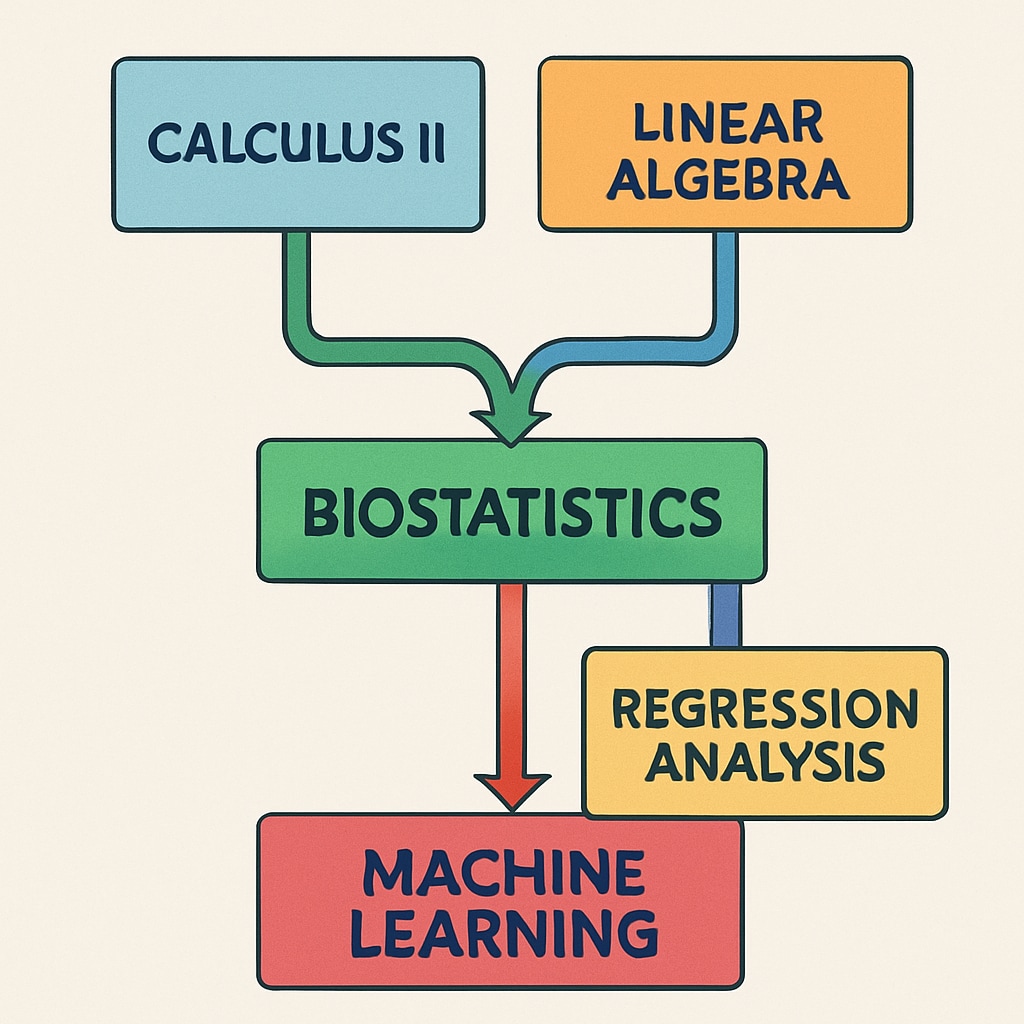When facing math course selection for biostatistics graduate programs, students often struggle with choosing between Calculus II and Linear Algebra. This decision significantly impacts future studies in biostatistics, as both subjects provide essential mathematical foundations.

According to Wikipedia’s biostatistics page, professionals in this field need strong quantitative skills from both calculus and matrix algebra.
Core Mathematical Requirements for Biostatistics
Biostatistics graduate programs typically require:
- Multivariable calculus (through Calculus II or III)
- Matrix algebra and vector spaces
- Probability theory foundations
- Statistical computing prerequisites
The Britannica entry on biostatistics emphasizes that modern biological research increasingly relies on both calculus-based models and linear algebraic approaches.

Comparing Course Content and Applications
Understanding each course’s focus helps determine which better serves your biostatistics goals:
| Calculus II | Linear Algebra |
|---|---|
| Integration techniques | Matrix operations |
| Sequences and series | Vector spaces |
| Parametric equations | Eigenvalues/eigenvectors |
For example, Calculus II proves more valuable for probability density functions, while Linear Algebra becomes essential for multivariate analysis.
Decision Framework: Which Course First?
Consider these factors when choosing:
- Program requirements: Check your target graduate programs’ explicit prerequisites
- Undergraduate preparation: Assess your comfort with proof-based vs computational mathematics
- Career specialization: Machine learning in biology favors linear algebra, while epidemiological modeling uses more calculus
Readability guidance: Use short paragraphs and lists to summarize key points; include transition words naturally; maintain active voice throughout; limit technical jargon with brief explanations when needed.


